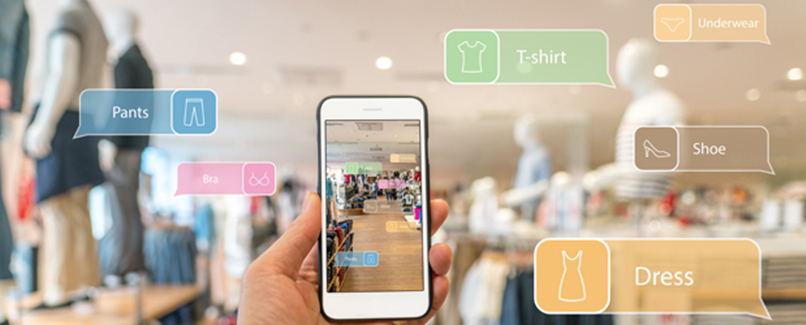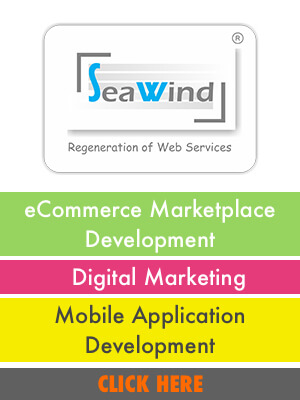1. Video marketing at its peak
Ecommerce Marketing once revolved around text and copy, then it gradually became Image-based, now video marketing is taking center stage as the main medium for on-site marketing for ecommerce businesses.
This was always the destination of on-site marketing and product reviews and in 2021, we just might see it take over the mainstream. Creating the perfect on-site experience is critical to ecommerce businesses’ success and is an important determinant to the final sales numbers.
Product videos are comprehensive in nature without feeling bulky or tedious. They bring storytelling to life while offering a comprehensive view of the product in action and answering customer questions all in one go. When done right Product Videos are a combination of Marketing, Reviews, and Answers to FAQs.

The statistics now tilt overwhelmingly in the favor of video marketing, making it impossible to ignore the new frontier of ecommerce.
- People are 4 times more likely to watch a product video than read a product description
- 73% of consumers are more likely to go ahead in purchasing a product after watching a video of it in action.
- Bounce rate falls dramatically on websites that feature product videos, with the average visitor session time increasing by over 340%
- Watching Product videos make consumers more confident about their purchase, according to 52% of shoppers.
These numbers reveal one clear truth, Video Marketing is going to define e commerce for this decade and probably beyond.
2. Voice commerce has become a defining force
The increased use of voice-assisted devices like Google Assistant, Siri, and Alexa has become a defining feature of many of our lives. In the last 3 years, we have seen the reliance on these systems spread into product searches and even purchase.
This has become increasingly popular, largely due to the increased effectiveness and accuracy of this technology. With Amazon and Google now pushing regional languages, it has led ecommerce businesses to begin to adapt quickly. It is predicted that 75% of U.S households would have smart speakers by 2025 and that sales via voice commerce will rise to a massive $40 billion by 2022.

The realities of this evolution are clear, ecommerce businesses who have their websites optimized for voice searches will have an increasing chunk of customers fall freely into their conversion funnel.
Ecommerce businesses should begin creating content that increases the probability of appearing in voice searches and should begin offering voice-based in-app and on-site navigation amongst other things. This way, you get your slice of the huge $40 billion pie beginning from 2021.
3. Social shopping and commerce becomes a mainstay
87% of ecommerce shoppers believe that Social Media helps them make a buying decision. This trend is buoyed by the rapid rise in mobile usage and shopping, with 73% of total ecommerce sales predicted to be executed on mobile by the end of 2021.
In 2019 Instagram launched its e-commerce checkout feature. This did not become an instant hit but has gradually grown popular with marketers over time.

Facebook, Pinterest, and even Tiktok have caught on and are now beginning to integrate or popularize their in-app purchasing capabilities so that customers can buy items without ever leaving the social media app.
4. The rise of AR in ecommerce
If you have used the common silly Snapchat filters or tried to catch a pokemon before, then you have already used Augmented Reality (AR)in some way.
Augmented Reality has existed for a very long time, some even argue before social media, but it is only now coming mainstream and it is likely going to be a defining feature of ecommerce in 2021 and beyond.
A Statista study projects that by 2023, AR technology would have become an $18 billion industry. It also predicts that consumer spending on AR-embedded mobile apps will reach $15 million by 2022.
These are hard numbers, difficult to ignore, especially when we see how it is being used in ecommerce. For example, Sony electronics recently launched the Envision TV AR app as a way to “try before you use.”
One of the major criticisms of e commerce over the years has been that customers do not get to “experience” the product before purchase. AR will solve that problem.

Ecommerce businesses in the furniture sales space are already launching AR apps or in-app capabilities that allow customers to see a 3D model of the product, check its size, consider the specs , and to fit it in their space and do their interior design virtually before deciding on buying it.
This technology is still evolving in the way it influences ecommerce, but when I consider the speed of its evolution, it’s pretty clear that it is going to trump even Video.
63% of shoppers say that AR would transform their shopping experience. Another 70% are expected to be more loyal to AR-compliant brands as part of their shopping experience.
The evolution of ecommerce is exciting and its potential is huge. However, it does call for staggering agility from ecommerce businesses and brands.







Post your comments
You must be logged in to post a comment.